Other titles in the series:
The Worlds Greatest Battleships
The Worlds Greatest Small Arms
The Worlds Greatest Civil Aircraft
The Worlds Greatest Tanks

Website: www.amberbooks.co.uk
Appstore: itunes.com/apps/amberbooksltd
Facebook: www.facebook.com/amberbooks/
Twitter:
 Sopwith Camel
Sopwith Camel (1916)
Perhaps the most famous British fighter of World War I, the F.1 Camel typified the increasing aerial dominance enjoyed by the Allies from early 1918, but was a handful to fly, demanding the very finest qualities from those who piloted it.
Apparently (and unofficially) named in recognition of the distinctive hump over the breeches for its twin Vickers machine guns, the Herbert Smith-designed Sopwith Camel appeared in prototype form in December 1916, powered by a Clerget engine. Originally designated as the Biplane F.1, the fighter was schemed with equal dihedral (the upward angle given to the wing) on both upper and lower wings, but this was abandoned in a bid to ease manufacture. Instead, the aircraft featured a flat upper wing, while the dihedral on the lower wing was doubled. The result was a characteristic tapered gap between the wings.
Unlike the Sopwith Pup and Triplane that preceded it, the Camel was notably tricky to fly. It was blessed with power in abundance and its agility was manifest in a very tight turning circle. Schemed as a more agile successor to the Pup, the Camel was also more powerful and somewhat heavier.
Camel F6314 was on strength with No.120 Squadron, part of the newly established Royal Air Force in 1918. The unit saw much action during the German offensive on the Western Front in spring 1918.
A key factor in its manoeuvrability was the fact that the power unit, pilot and armament were all concentrated within a limited volume at the front of the fighter, and were combined with enormous engine torque and gyroscopic couple. One particular trait was experienced during a turn to the left: the nose would rise abruptly, while a turn in the opposite direction would see the nose drop. The pilot had to make extensive use of the rudder to counteract these habits, and prevent the fighter entering an uncontrollable spin. In certain scenarios, pilots discovered they could forego a simple one-quarter left-hand turn in favour of a three-quarter right turn, which some argued could be executed faster and with a useful disorientating effect on a potential foe. In one example of wartime gallows humour, RFC pilots joked that the Camel offered the choice between a wooden cross, the Red Cross or a Victoria Cross.
If mastered, the Camel could be unbeatable in an aerial duel, but it remained unforgiving. Among the leading Commonwealth aces who flew the Camel were Raymond Collishaw (who scored a total of 60 victories on this and other types), Donald MacClaren (54), William Barker (53) and Henry Woolett (35, including six in a single day in March 1918), while flying Camels.
The navalized 2F.1 variant differed from the basic Camel in its armament of a single Vickers gun in the port position, supplemented by a Lewis gun above the wing centre section.
Maiden Flight
The first prototype F.1, ordered by the Admiralty, completed its maiden flight in February 1917 and was followed by two more development airframes with different engines. Initial Camel deliveries were to the Royal Naval Air Service (RNAS) in May 1917. The first Camels into action, albeit without claiming any kills, were RNAS examples stationed at Dunkirk, which scrambled to intercept a formation of German Gotha bombers after the latter had raided the coastal town of Harwich, Essex, in July 1917. In the same month the Camel began to be delivered to the Royal Flying Corps (RFC), equipping No.70 and No.45 Squadrons that month. July saw the Battle of Ypres, in which RFC Camels were involved. By the end of 1917 no fewer than 1325 F.1 Camels had been accepted into service.
Specification
Type: | Fighter |
Dimensions: | Length: 5.64m (18ft 6in); Wingspan: 8.53m (28ft 0in); Height: 2.59m (8ft 6in) |
Weight: | 667kg (1471lb) maximum take-off |
Powerplant: | 1 x 112kW (150hp) Bentley B.R.1 9-cylinder rotary piston engine |
Maximum speed: | 187km/h (117mph) |
Endurance: | 2 hours 30 minutes |
Service ceiling: | 6095m (20,000ft) |
Crew: | |
Armament: | 2 x 7.7mm (0.303in) fixed forward-firing Vickers machine guns |
The majority of aircraft were delivered with Clerget, Le Rhne, Gnome or Bentley radial engines. Production continued after the end of World War I, and ultimately over 5000 examples were built by nine different contractors.
As well as their service on the Western Front, Camels saw action on the Home Front with RFC night-fighting units, in Italy, in the Adriatic and Aegean with the RNAS. American-flown Camels served with the 17th Aero Squadron of the U.S. Army Air Service in France, albeit mainly demoted to training duties. Equipped for the night-fighting role, Camels of the Home Defence Squadrons featured a revised cockpit mounted further aft and twin Lewis guns replacing the Vickers weapons. It was in this role that a Camel achieved the first recorded fighter victory over an aircraft at night, downing a Gotha bomber over London in January 1918. Some Camels were also used for ground-attack work, notably at the Battle of Cambrai in March 1918. Indeed, a specialist ground-attack version was developed, as the T.F.1 (Trench Fighter), equipped with downward-firing machine guns, but this did not enter production.
By the end of the conflict, Camels had been credited with downing a greater number of enemy aircraft than any other fighter, the figure based on official records exceeding 3000. Contributing to this impressive tally was one remarkable individual aircraft, B6313, flown by Canadian RFC pilot William Billy Barker. The pilot retained this same aircraft as he progressed through the ranks of different squadrons in France and Italy, and even when assigned to a Bristol Fighter squadron. In this time, the combination of Barker and his B6313 accounted for a total of 48 enemy aircraft destroyed likely to be the highest tally of any single aircraft. Following the war, Camels served with the Royal Air Force in Archangel, Russia, as part of the Slavo-British Aviation Group, which included the ace Alexander Kazakov, who had been most successful Russian flying ace of World War I.
Camels at Sea
With the aim of providing aircraft for launch from light cruisers, Sopwith developed a naval version of the Camel. The prototype for the navalized Camel, the FS.1, was equipped with jettisonable wheeled undercarriage for launch, and floats for landing. The wings were shortened and the rear fuselage could be folded for stowage within a warship. From summer 1917 the Camel began to be flown off the decks of warships, now under the revised designation 2F.1. Beginning the following year, the Clerget-powered aircraft were deployed aboard Royal Navy battleships. In July 1918, seven bomb-armed Camels flying from the deck of HMS

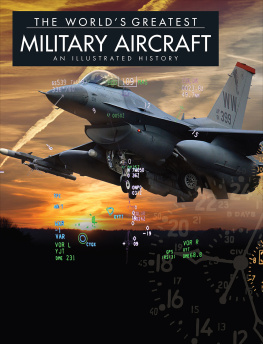
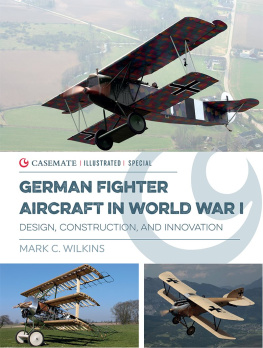
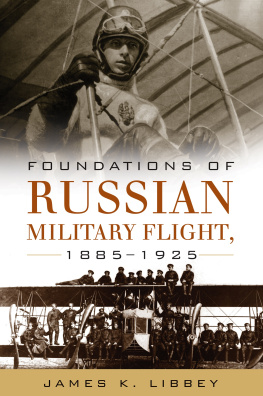
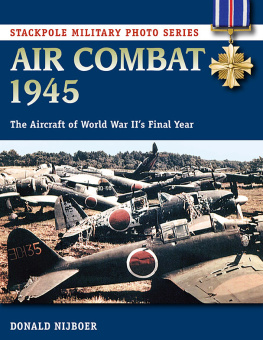
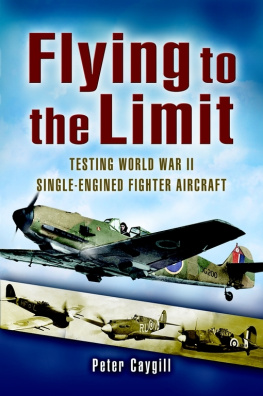

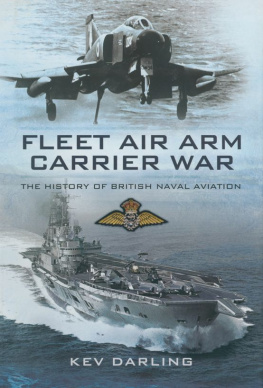
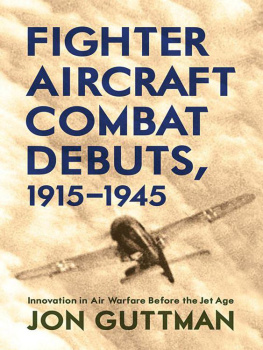
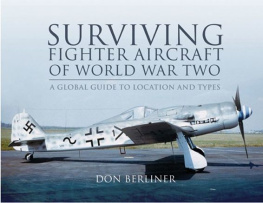
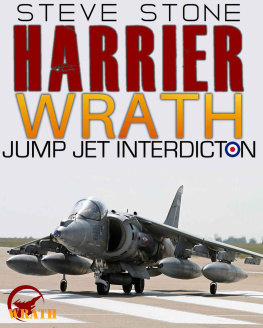
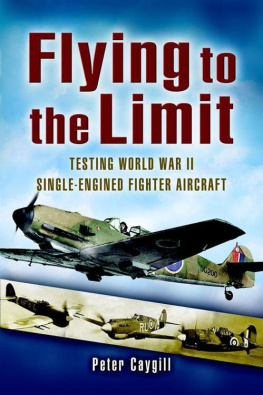
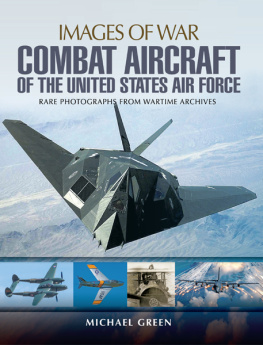
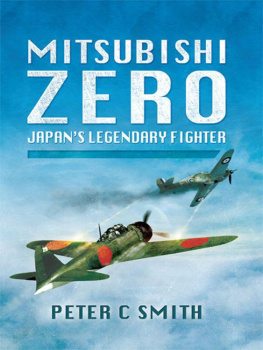

 Sopwith Camel (1916)
Sopwith Camel (1916)

